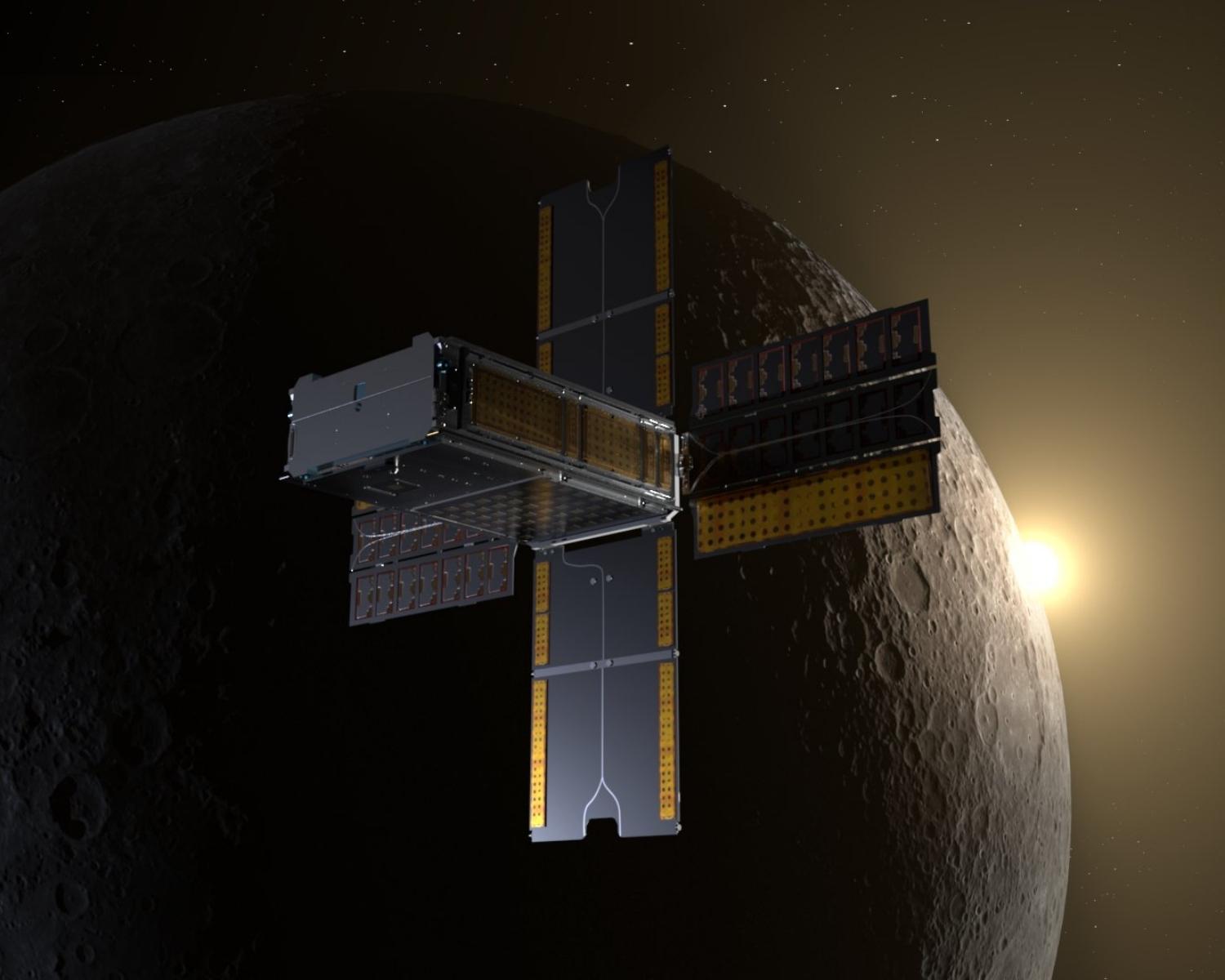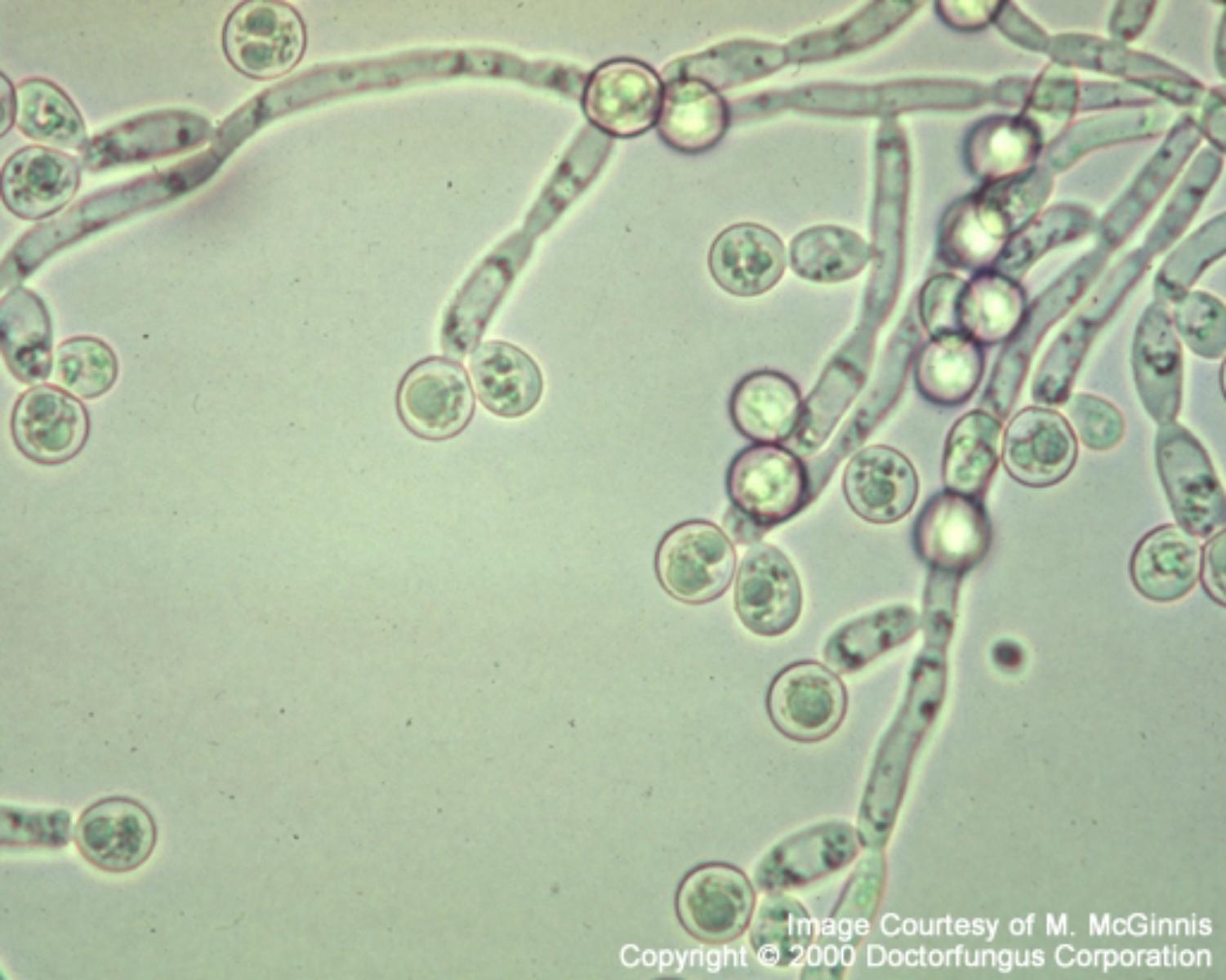What is BioSentinel?
Curated from: nasa.gov
Ideas, facts & insights covering these topics:
4 ideas
·470 reads
8
Explore the World's Best Ideas
Join today and uncover 100+ curated journeys from 50+ topics. Unlock access to our mobile app with extensive features.
Introduction
The BioSentinel mission was selected as one of the secondary payloads, to fly on the first launch of the Space Launch System rocket for the Artemis I mission
The primary objective of BioSentinel is to develop a biosensor instrument to detect and measure the impact of space radiation on living organisms over long durations beyond low-Earth Orbit (LEO).
5
178 reads
Science Goals Of Mission
BioSentinel will address strategic knowledge gaps related to the biological effects of space radiation, and will provide an adaptable platform to perform human- relevant measurements in multiple space environments in the future.
The BioSentinel biosensor utilizes the budding yeast to query the biological response to ambient deep space radiation, including DNA damage
Growth and metabolic activity of the yeast cells will be measured using a 3-color LED detection system and the metabolic indicator.
5
106 reads
Why Yeast??
Yeast is the ideal organism for this mission because of its spaceflight heritage, well-characterized genetic tools, and its capacity to survive long period space radiation.
Most Importantly, yeast’s DNA damage repair processes are highly similar to that of humans.
The biosensor contains two genetically engineered yeast strains: a wild type strain that serves as a control for yeast health and “normal” DNA damage repair, and a rad51 deletion strain, which is defective for DNA damage repair.
6
85 reads
Partners & Funding
The BioSentinel mission is funded by the Advanced Exploration Systems program within the Human Exploration and Operations Mission Directorate at NASA Headquarters.
Partner organizations include NASA Ames Research Center for the development of BioSentinel, and NASA Johnson Space Center for the LET spectrometer.
5
101 reads
IDEAS CURATED BY
CURATOR'S NOTE
A astrobiology mission to deep space
“
The Astroman's ideas are part of this journey:
Learn more about technologyandthefuture with this collection
The importance of networking in podcasting
How to grow your podcast audience
How to monetize your podcast
Related collections
Similar ideas
11 ideas
5 ideas
Read & Learn
20x Faster
without
deepstash
with
deepstash
with
deepstash
Personalized microlearning
—
100+ Learning Journeys
—
Access to 200,000+ ideas
—
Access to the mobile app
—
Unlimited idea saving
—
—
Unlimited history
—
—
Unlimited listening to ideas
—
—
Downloading & offline access
—
—
Supercharge your mind with one idea per day
Enter your email and spend 1 minute every day to learn something new.
I agree to receive email updates



